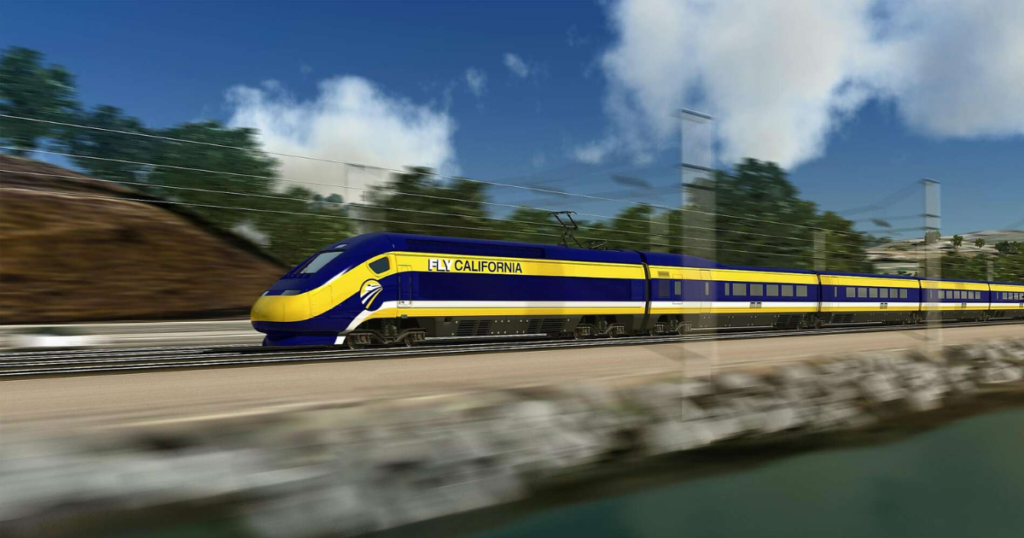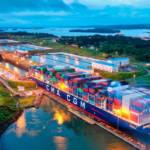Introduction
High-speed rail (HSR) represents one of the most efficient and sustainable forms of transportation, capable of moving passengers quickly and reducing congestion on highways and in airports. While several countries, including Japan, China, and France, have successfully implemented extensive HSR networks, many ambitious projects around the world never left the planning stage or were abandoned due to financial, political, or technical challenges. This article explores some of the most notable high-speed rail projects that were proposed but never realized.
The Texas TGV (United States)
In the 1990s, a consortium of European and American companies proposed building a French-style TGV system connecting Dallas, Houston, and San Antonio.
Why It Never Happened:
- Strong opposition from airlines and highway lobbyists.
- Financial difficulties and lack of government subsidies.
- Public concerns over potential environmental and land-use issues.
The California High-Speed Rail (United States)
The California High-Speed Rail project, originally envisioned to connect Los Angeles and San Francisco in under three hours, remains incomplete decades after its conception.
Why It Stalled:
- Rising costs, ballooning from an initial estimate of $33 billion to over $100 billion.
- Political opposition and legal battles over land acquisition.
- Construction delays and funding shortfalls.

The UK’s High-Speed 2 (HS2) – Canceled Segments
The HS2 project aimed to link London with the North of England, but key northern sections were scrapped.
Why It Was Partially Abandoned:
- Escalating costs leading to budget cuts.
- Public opposition over environmental impact.
- Shifting government priorities and political backlash.
The XpressWest (Las Vegas to Los Angeles, USA)
A high-speed rail line connecting Las Vegas to Southern California was proposed multiple times but has yet to materialize.
Why It Failed:
- Lack of private investment and federal funding.
- Difficulty securing land and environmental approvals.
- Competing interests from highway and airline industries.
The Transrapid Maglev (Germany)
Germany developed advanced magnetic levitation (maglev) train technology, but commercial projects failed to take off outside a small test line in Shanghai, China.
Why It Was Shelved:
- High costs compared to conventional HSR.
- Public skepticism and political resistance.
- Limited international demand for maglev technology.
The Moscow to St. Petersburg High-Speed Rail (Russia)
A proposed high-speed rail line connecting Russia’s two largest cities faced multiple delays and remains unbuilt.
Challenges:
- Economic downturns affecting infrastructure investment.
- Political uncertainty and shifting priorities.
- Dependence on foreign technology amid international sanctions.
The Buenos Aires to Córdoba High-Speed Train (Argentina)
Argentina once planned Latin America’s first high-speed rail line, but it never materialized.
Reasons for Failure:
- Economic instability and lack of long-term funding.
- Political changes leading to project cancellations.
- Inflation and rising construction costs.
The Brazil-São Paulo-Rio de Janeiro Bullet Train
A high-speed rail link between São Paulo and Rio de Janeiro was proposed to revolutionize Brazil’s transportation network, yet it remains unbuilt.
Challenges Faced:
- High costs and difficulty securing investment.
- Political instability and shifting government priorities.
- Environmental concerns and legal disputes over land use.
The Jakarta-Surabaya High-Speed Rail (Indonesia)
Indonesia planned an ambitious high-speed rail link between its capital, Jakarta, and Surabaya, but progress has stalled.
Reasons for Delay:
- Budget constraints and competing infrastructure priorities.
- Uncertainty over international partnerships and funding.
- Bureaucratic and land acquisition hurdles.
The Australia East Coast High-Speed Rail
Australia has long debated a high-speed rail connection between Sydney, Melbourne, and Brisbane, but no project has reached construction.
Why It Hasn’t Happened:
- Enormous costs exceeding $100 billion AUD.
- Political disagreements over funding and priorities.
- Geographic challenges and the vast distances involved.
Conclusion
High-speed rail has the potential to revolutionize transportation, yet many projects remain unfinished or abandoned due to a combination of economic, political, and logistical hurdles. While some nations continue expanding their HSR networks, others struggle to turn ambitious proposals into reality. As technology advances and priorities shift toward sustainable transit, some of these stalled projects may be revived in the future, but history suggests that building high-speed rail is never an easy journey. With global interest in green transportation increasing, the future may still hold hope for many of these unrealized rail projects.


